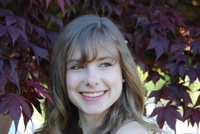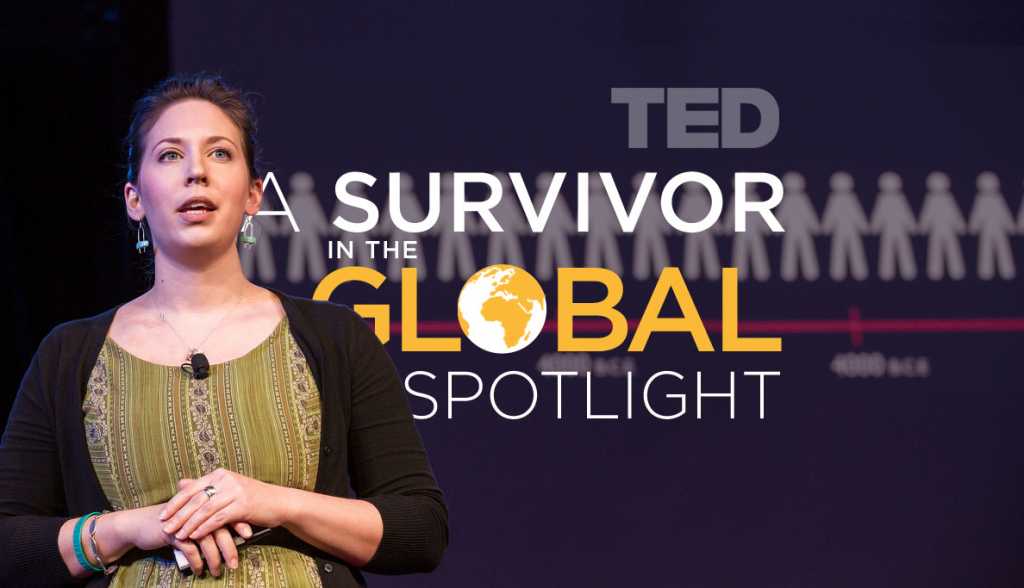Page 120 • (1,313 results in 0.092 seconds)
-
Malick Folk Performing Company Indigenous Arts and Culture Roger Fernandes Native American Artist Kirk Robbins STEM Teaching Wang Symposium Kaveh Akbar Poet Alana R. Simmons “Hate Won’t Win” Alberto Ledesma Author Pamela Ronald University of California, Davis Hilde Restad Associate Professor of International Studies Minal Hajratwala Author Ēriks Ešenvalds Choir of the West Fr. Charles R. Gallagher, S.J. Boston College Michelle M. Jacob, Ph.D. Professor of Indigenous Studies Quinton Johnson, Ph.D
-
allowed me to produce a much better capstone than what I would have produced on my own. Why Mars? What Science and Culture See in Our Planetary Neighbor Allison Sheflo Humanity has long been interested in Mars, as the closest planet to Earth. Mars has been a focus of scientific interest, but also of cultural interest. Scientific studies, both on the planet itself and using Earth analogs, have recently been focused on the ways that what we learn about Mars can be applied back to Earth and on getting
-

seemed so happy! I loved the smiling faces and caring nature of everyone I interacted with. My PLU experience: While my academic and career goals haven’t really changed since coming to PLU, I have grown into someone quite different from the girl I was four years ago — a considerably more confident young woman. Much of this I attribute to IHON. The first course in the program made me critically evaluate my core beliefs — something I hadn’t anticipated. Through IHON, the culture of PLU, and studying
-
prohibit racial and gender preferences by state and local governments). The campus climate changed during my time at PLU because my peers and I chose to change it. Lou Vargas ’12: When speaking of PLU climate and culture, my memories bring me back to my first-year experience. It was certainly difficult for an immigrant of color like myself to acclimate with my peers who were mostly white. And not just any white — privileged white. The kind of white that didn’t recognize privilege. Their humor was
-
try to do it again?” he said. “All the conflicts in the world would stop if people would just focus on food and alcohol. You cannot be upset with somebody when you’re enjoying their culture and their drink.” Bunk ran with that approach after launching Nightside. He said many distillers are open to talking about their processes, and he’s been able to troubleshoot problems through outreach. “We’re in competition I guess,” he said, “but at the end of the day we all want more small, craft distilleries
-
work includes partnering with the Navajo Nation, Indian Health Service, the National Congress of American Indians Policy Research Center, and other Tribes and Indigenous Community Based Organizations on projects aimed at health equity, improving health services, and developing culture-centered health promotion. The overall aims of Dr. Duran’s research are to work in partnership with communities to design health access and prevention efforts that are empowering, culture-centered, accessible
-
improvement is — makes the long days and rigid environment inside the prison walls worth it, Larsen said. “It’s not an abstraction like when I was at Fish and Wildlife,” he said. “I’ve been able to develop ways of engaging people that produce results in ways I struggled in the beginning. It’s hugely satisfying.” While it isn’t necessarily the most popular preceptorship — a supervised clinical experience where nursing students gain hands-on experience in the field — Larsen says the Shelton facility offers
-
of race or religion. However, references to the Holocaust, while common in popular media analyses and advocacy as a compelling historical comparison and call to action, are largely absent from official Catholic statements. This presentation analyzes the rhetoric, symbolism, and historical precedents employed by church leaders in urging Catholics to oppose the persecution or exclusion of targeted groups, explores possible reasons for the absence of direct references to the Holocaust, and ponders
-
by watching her in action. She was definitely an expert in her approach to students, and her years of experience were a treasure for those needing guidance.” Kathy energized colleagues and students alike with her urgent engagement with complex and timely social issues. A deft blend of social work, systems analysis, and advocacy were hallmarks of her most popular courses. In 2016 she wrote in a post-sabbatical review: I enjoy interaction with learners and thinking about how to craft experiences
-

talk about how nobody’s doing this work, and it should be done,” Hunt said. “We have the potential to contribute to modern cancer research, but we need collaboration—between historians, researchers; we need more people to take on this research and share information and collaborate. The faster we can gather evidence, the sooner we can exchange ideas.” She understands that collaboration is not so popular in academia—though it is a very PLU concept, in the classroom and out. We have the potential to
Do you have any feedback for us? If so, feel free to use our Feedback Form.


